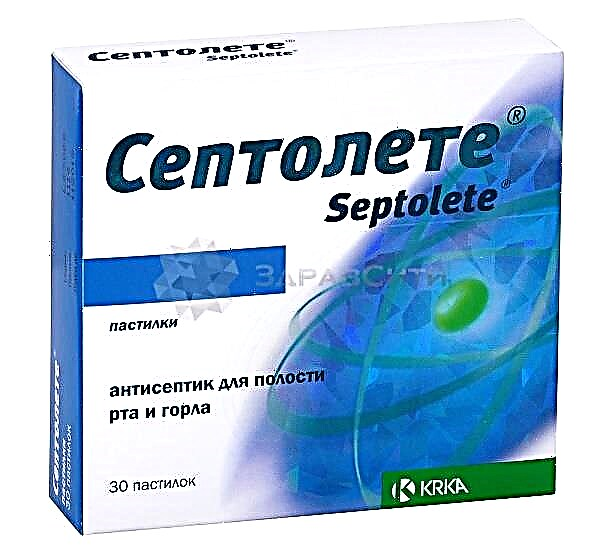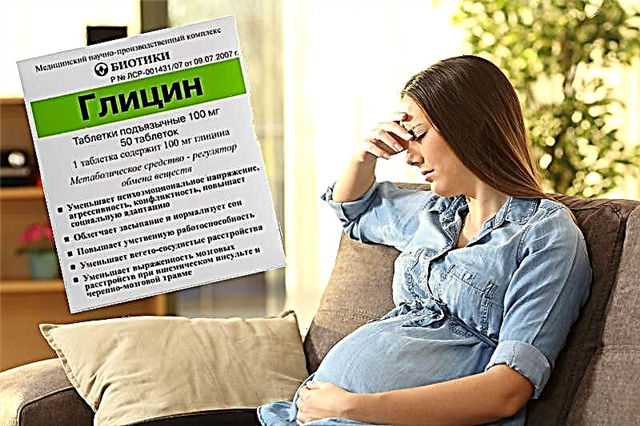The main task of parents is to create all the conditions for a small child to grow up healthy, physically and mentally developed. An important place is given to the diet containing the necessary microelements for development. These include iron, the lack of which causes a dangerous condition for the baby - anemia. Anemia occurs when the level of red blood cells in the cells, that is, hemoglobin, decreases. WHO studies have shown that in modern conditions, about 47 percent of children suffer from a lack of hemoglobin.

A small child may develop anemia - a symptom of a lack of hemoglobin in the blood
To make it clear to parents what process they are talking about, doctors explain that hemoglobin is a protein. It contains iron and carries oxygen from the lungs to all other organs. Therefore, when hemoglobin levels fall below normal, a painful condition called anemia occurs. Usually, anemia is accompanied by weakness, headaches, tinnitus, decreased appetite and sleep disturbance.
Why low hemoglobin is dangerous for children
The most vulnerable category of patients with anemia is young children. Pediatricians warn that the hemoglobin level in infants is one of the most important indicators of health. Therefore, parents need to know how dangerous deviations from the norm are, what reasons can cause this problem, and how to increase the indicators if the baby overtakes this ailment.
Important! A decrease in hemoglobin levels leads to oxygen starvation and, as a result, a decrease in immunity and a delay in physical development in children. In addition, low hemoglobin causes the immune system to malfunction and skin diseases.
Without treatment, anemia can result in heart failure, in critical situations, a hypoxic coma occurs. However, experts warn that a sharp rise in hemoglobin in infants is just as dangerous, as it is fraught with blockage of blood vessels. Therefore, to maintain normal performance, the body needs a sufficient supply of iron.
Norms of hemoglobin content in the blood of a child under one year old
In the first year, the norm of hemoglobin in the blood of a child changes significantly depending on the age periods. It is important to control and raise this indicator in order to avoid critical deviations from it.
WHO gives the following norms for hemoglobin in children:
- a newborn baby up to 2 weeks old has a high hemoglobin level in the crocus - from 150 g / l to 180-240 g / l;
- by the end of 1-2 weeks, the level drops to 160-200 g / l;
- in the following months, its rate is 120-160 g / l;
- by the year there is a decrease to 110-130 g / l.

It is necessary to periodically draw blood from the child to monitor hemoglobin levels
Anything below these indicators is considered mild anemia (but not less than 90 g / l). The average level of anemia corresponds to 70-90 g / l, the level below 70 g / l indicates a severe degree. Each of these degrees of severity has its own symptoms and treatment tactics.
Note! The hemoglobin level can be detected when donating blood for a general analysis. To obtain accurate information, blood must be taken before feeding, since hemoglobin naturally decreases within 1.5-2 hours after eating.
Regarding the indicator, Dr. Komarovsky recalls: a normal level of complex protein in the blood is extremely important for infants. With a decrease in the norm of a complex protein in an infant, the cells and tissues of the body will not receive enough oxygen, which will provoke a developmental delay.
Reasons for a decrease in hemoglobin
In order to timely track down the problem with a lack of iron in the body, you need to know what are the reasons for its decrease in infants. The most significant of them are pediatricians:
- Blood loss, for example, with injuries, the hemoglobin level decreases within a few hours, which leads to iron deficiency anemia;
- Lack of blood in the bone marrow, that is, erythropoiesis, which is caused by infections, deficiency of copper and folic acid, vitamin B1;
- Increased destruction of red blood cells, which manifests itself in the Epstein-Barr viral infection, congenital heart defects, and phosphate deficiency in the blood.
Pediatricians distinguish from the reasons for lowering the level of hemoglobin in the blood, which are more understandable in everyday life:
- inflammatory and infectious diseases;
- prematurity of the child;
- lack of iron in the diet of a pregnant woman;
- lack of obtaining iron with gv or willow.
There are other risk factors that lead to the most common type of anemia, iron deficiency, such as allergies or deficiencies in vitamin C and folate, which are necessary for iron to be absorbed into the blood.

Infectious diseases can cause a decrease in hemoglobin levels in children
Note! A decrease in the level of hemoglobin is not always regarded as a pathology. For the development of a child's body, a lot of iron is needed, therefore, due to its rapid growth, it may temporarily not be enough, which leads to a known problem.
Symptoms of a decrease in hemoglobin in the blood in a child
Signs of low hemoglobin levels manifest in different ways. They can be divided into the following groups of symptoms:
- Asthenic - manifested by increased fatigue, irritability, poor sleep and lack of appetite;
- Epithelial - pallor of the face, ears and oral mucosa. The skin is dry and often flaky, the hair becomes brittle;
- Cardiovascular - increased heart rate, complaints of pain in the heart area;
- Muscular - rapid fatigue, involuntary bowel movements due to weakness of the sphincter muscles;
- Secondary immunodeficiency syndrome - manifested by frequent colds. Otitis media, pneumonia and intestinal infections often occur.
Ways to increase hemoglobin at home
Dr. Komarovsky confirms that the most common cause of a decrease in hemoglobin in an infant is iron deficiency anemia. He explains this by the depletion of iron stores in a child by 5-6 months of age.
Recommendations:
- It is possible to increase the hemoglobin of a child with iron deficiency anemia with adequate nutrition;
- With iron deficiency anemia, as well as for its prevention, it is necessary to observe the daily regimen;
- Regular walks in the fresh air, exercise, massage and hardening are available ways to prevent anemia;
- Particular attention should be paid to the prevention of infectious diseases that can cause iron deficiency in the body.
Baby food rules
To meet the daily iron requirement of the child's body, it is necessary to establish a balanced diet. Proper nutrition in the absence of other negative factors will help a mother when she is concerned about how to raise hemoglobin at home for a child.
Experts recommend introducing iron-containing foods into the menu of a baby who has switched to complementary foods: beef, chicken, turkey. Animal protein has a positive effect on iron absorption.

A complete diet is necessary for a child to maintain the required level of hemoglobin
Products such as eggs, cottage cheese, fruits and vegetables, as well as berries containing a lot of iron, such as black currants and gooseberries, will help raise hemoglobin. At the same time, for better digestibility of trace elements, you need to take care of a sufficient intake of folic acid: in lettuce, spinach, broccoli.
Raising hemoglobin in children under one year old
Experts confirm that a balanced diet containing a daily dose of iron from 0.5 to 1.2 mg has always been considered the best prevention of hemoglobin deficiency in a child.
Important! Only a pediatrician will be able to advise how to increase hemoglobin in a child and suggest measures on how to raise it.
If the level of erythrocytes is below normal, but insignificant, and the baby receives the first complementary food, then the indicators can be raised by introducing meat and dairy products into the diet. However, when complementary foods are introduced earlier than 6 months, iron from breast milk will become less absorbed.
Spotted. Children often suffer from anemia when they eat cow and goat milk. The problem is associated with the fact that such products do not contain a sufficient amount of trace elements necessary for hematopoiesis.
If a baby is breastfeeding, a sufficient iron content in foods should be present in the diet of a nursing mother. For formula-fed children, adapted milk formulas with a high content of iron and other essential microelements have been developed.
When you need to see a specialist
If the parents find symptoms of anemia in the baby, you should immediately contact the pediatrician. He will offer to pass general and biochemical blood tests, confirming a reduced level of hemoglobin.

A pediatrician's examination will reveal the symptoms of anemia in a child and find ways to deal with it
Often, anemic syndrome accompanies other diseases, such as allergies, infections, or gastrointestinal disorders. In this case, it is necessary to cure the underlying disease in order to increase the level of red blood cells in the blood.
Prevention helps to understand how to raise hemoglobin in a one-year-old child and prevent the development of iron deficiency anemia, which means helping the baby to avoid serious diseases. Therefore, it is very important to monitor the baby's nutrition, as well as regularly take tests as prescribed by the pediatrician.



